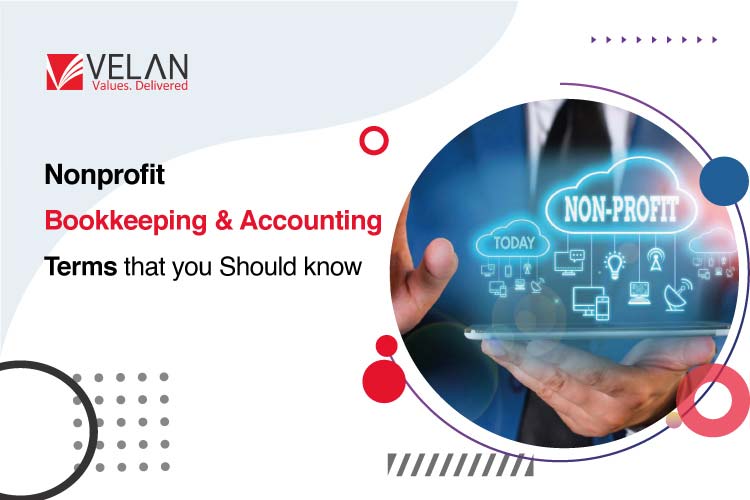Posted by: Pramod
March 28, 2024

Category: Non Profit Organization
Nonprofit Bookkeeping and Accounting Terms Tables of Content: Accounts Receivable Accrual-Basis Accounting Amortization Accounts Payable Audit Bank Reconciliation Balance Sheet (Financial Health) Chart of Accounts Cash-Basis Accounting Encoding Current Liabilities Donor Advised Fund Depreciation Deferred Revenue Forecast Functional Expense Report Form 990 Fixed Assets Grants In-Kind Contribution Income statement (Statement of Activities) Indirect Costs Journal Entry Liquidity Liability Management Letter Net Assets Prepaid Expense Pledge Release from Restriction Statement of Cashflows Unrealized Gain or Loss Read More
Posted by: Pramod
January 03, 2024

Category: Non Profit Organization
A Guide to Nonprofit Bookkeeping and Accounting Services: What captivated you when you first began working at your nonprofit? What motivated you to start working there in the first place? Most likely, it wasn’t complicated computations, arduous paperwork, or compliance rules. The nonprofit’s purpose was (and still is) most likely what motivated you to join. However, managing a successful charity organization entails doing a lot of paperwork, analyzing numbers, and other unpleasant activities. Nonprofit accounting Read More

 +1 727 756 1632
+1 727 756 1632
